At a glance
Icons like the African forest elephant, Tapanuli orangutan, and vaquita are among the most imperiled, squeezed by habitat loss, poaching/bycatch, disease, and tiny population size.
Not all news is bad: targeted actions (e.g., predator-proof fencing for the northern hairy-nosed wombat) can bend the curve.
Several species here (e.g., saola, Hainan gibbon) are exceptionally elusive, making them hard to study—and to save.
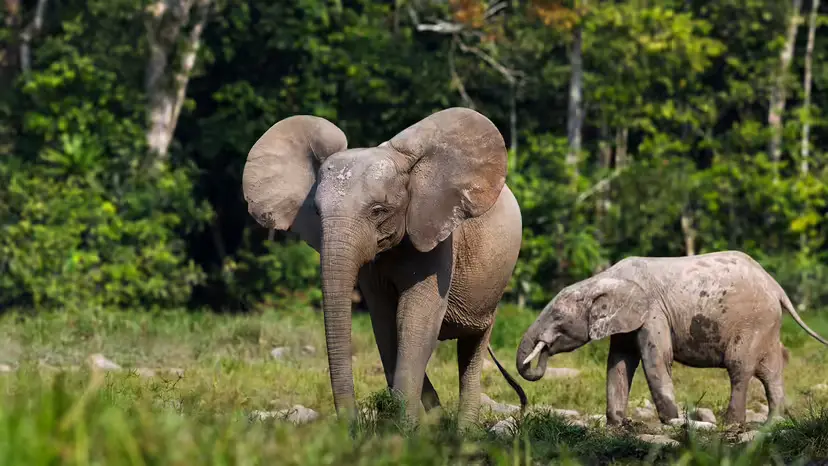
IUCN Red List 101: Not Evaluated · Data Deficient · Least Concern · Near Threatened · Vulnerable · Endangered · Critically Endangered (CR) · Extinct in the Wild · Extinct.
Note: Status details and counts change; always defer to the most recent IUCN updates.
Status: Critically Endangered (CR)
Range: Central/West Africa’s Congo Basin (e.g., Gabon, Republic of the Congo).
Why so rare? Ivory poaching and forest conversion (logging, agriculture) fragmented populations and reduced reproduction.
Why they matter: Key seed dispersers shaping tropical forest structure.
What helps: Intelligence-led anti-poaching, protected-area networks, wildlife corridors, and community co-management.
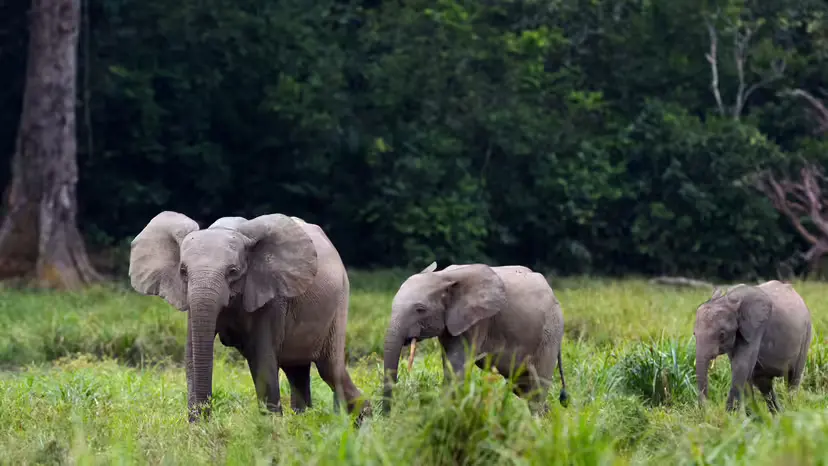
Status: CR
Range: Madagascar (scattered strongholds).
Pinch points: Bamboo loss, slash-and-burn, illegal logging, climate stress, hunting.
Fixes that work: Bamboo habitat restoration, community forest guardians, alternative livelihoods, translocations where appropriate.
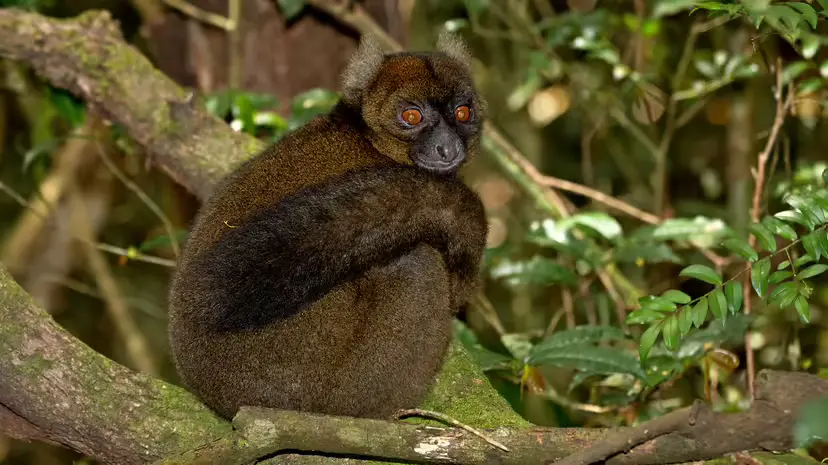
Status: CR
Range: Batang Toru forests, Sumatra (Indonesia).
Risks: A single, highly fragmented population threatened by infrastructure, mining, and hydropower development.
Priorities: Zero-loss core habitat, connectivity, rigorous impact screening, conflict mitigation with local communities.
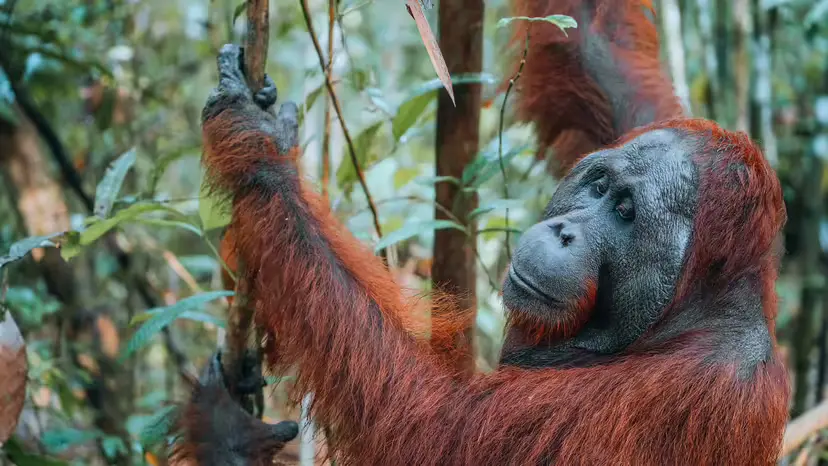
Status: CR
Range: Nigeria–Cameroon border highlands (tiny, isolated groups).
Threats: Habitat squeeze (farms, forestry, mining), hunting, disease.
Action menu: Transboundary protected landscapes, anti-poaching patrols, community incentives, and genetic connectivity planning.
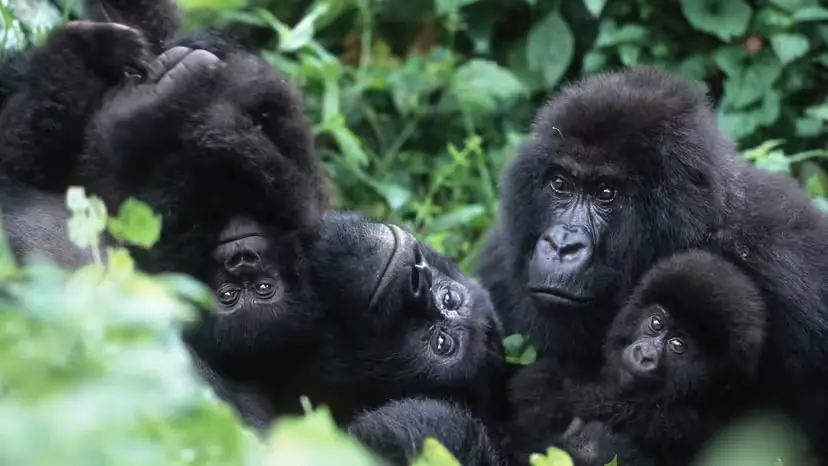
Status: CR
Range: Queensland, Australia (few secured sites).
Turnaround story: Predator-exclusion fencing, water provisioning, and active management lifted numbers from a historic nadir.
Needs now: Additional sites, drought planning, and genetic diversity safeguards.
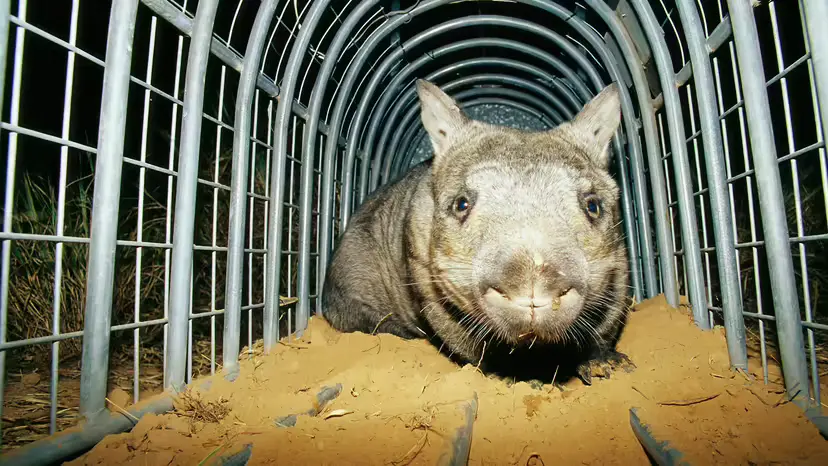
Status: CR
Range: New Zealand (managed island refuges).
Pain points: Introduced predators, disease, and low genetic diversity; breeding tied to mast years.
What works: Predator-free islands, RFID/health tracking, assisted breeding, and intensive nest management.
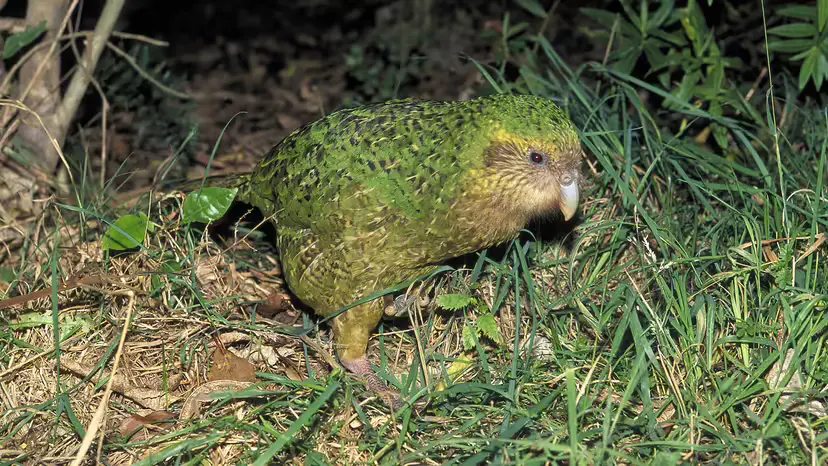
Status: CR
Range: Indonesia (Sumatra and parts of Borneo).
Challenge: Populations are tiny and fragmented, so individuals struggle to even find mates; poaching legacy lingers.
Action: Assurance breeding (pairing and reproductive care), ironclad protection of last refuges, and connectivity where feasible.
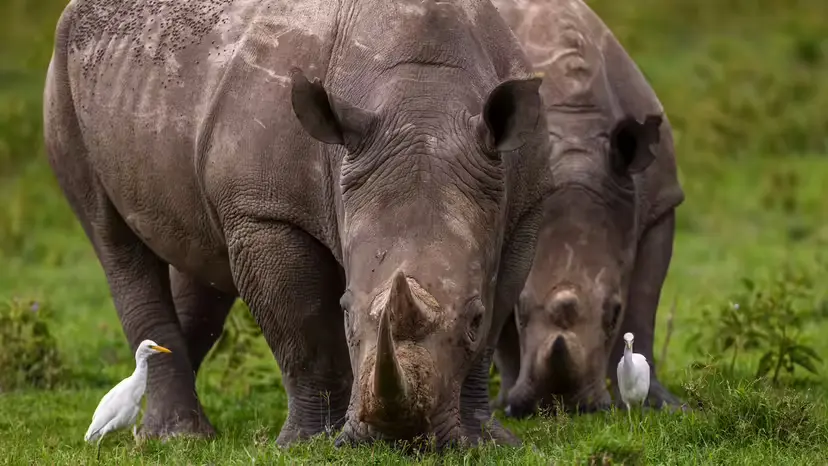
Status: CR
Range: Hainan, China (a single mountainous reserve cluster).
Key constraints: Historic logging, extreme isolation, limited gene flow.
Tools that help: Core habitat protection, reforestation, bioacoustic monitoring of family groups, and micro-corridors.
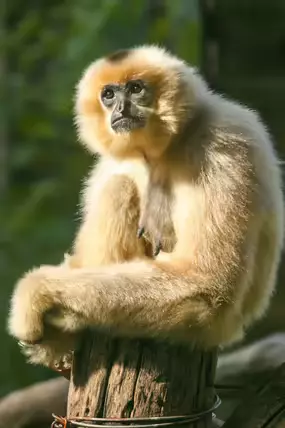
Status: CR
Range: Northern Gulf of California (Mexico).
Single biggest problem: Gillnet entanglement targeting shrimp and the totoaba fish.
Only path forward: Strict no-net enforcement, effective deterrents, community transitions to vaquita-safe gears. Captive breeding is not viable—in-situ survival is the only option.
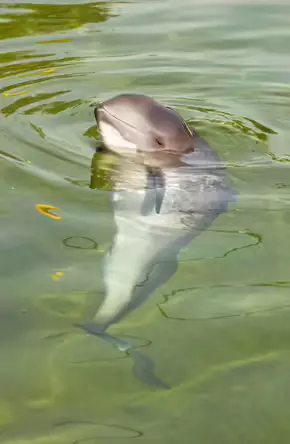
Status: CR
Range: Annamite Mountains (Laos and Vietnam).
Why so elusive: Dense forests, low densities, and scarce camera-trap detections; biology still poorly known.
Conservation levers: Mass snare removal, community ranger programs, cross-border cooperation, and exploring carefully managed rescue/breeding efforts.
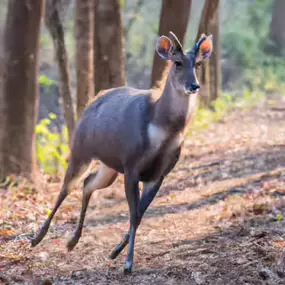
Rarest big cat: The Amur leopard (Panthera pardus orientalis) is often cited as the rarest leopard subspecies, with an extremely small wild population.
What threatens critically endangered species the most?
A combination of habitat loss/fragmentation, direct exploitation (poaching/bycatch), disease, and the risks inherent to small, isolated populations (inbreeding, random shocks).
What conservation actions actually work?
Protect & connect habitat (core areas + corridors)
Strong enforcement (anti-poaching, gear restrictions)
Community-led solutions (benefits, conflict mitigation)
Science & monitoring (camera traps, acoustics, genetics, GPS)
Assurance breeding / reintroductions where warranted
Successful example: the northern hairy-nosed wombat rebound inside predator-free reserves.
| Species | Status | Range Snapshot | Top Threat(s) | What Helps |
|---|---|---|---|---|
| African forest elephant | CR | Congo Basin | Poaching, forest loss | Intel-led patrols, corridors |
| Greater bamboo lemur | CR | Madagascar | Bamboo loss, hunting | Bamboo restoration, community guardians |
| Tapanuli orangutan | CR | Sumatra | Fragmentation, infrastructure | No-net-loss cores, connectivity |
| Cross-river gorilla | CR | Nigeria–Cameroon | Habitat squeeze, hunting | Transboundary parks, anti-poaching |
| N. hairy-nosed wombat | CR | Queensland | Predators, drought | Fencing, new sites, genetics |
| Kākāpō | CR | NZ islands | Predators, disease | Predator-free islands, assisted breeding |
| Sumatran rhino | CR | Indonesia | Tiny, isolated groups | Breeding centers, strict protection |
| Hainan gibbon | CR | Hainan | Isolation, habitat limits | Reforest, acoustic monitoring, corridors |
| Vaquita | CR | N. Gulf of California | Gillnets | No-net zones, gear transition, enforcement |
| Saola | CR | Annamites | Snares, data gaps | Snare removal, cross-border action |
CR = Critically Endangered. Verify latest figures with the current IUCN assessments.
animal tags: IUCN
We created this article in conjunction with AI technology, then made sure it was fact-checked and edited by a Animals Top editor.